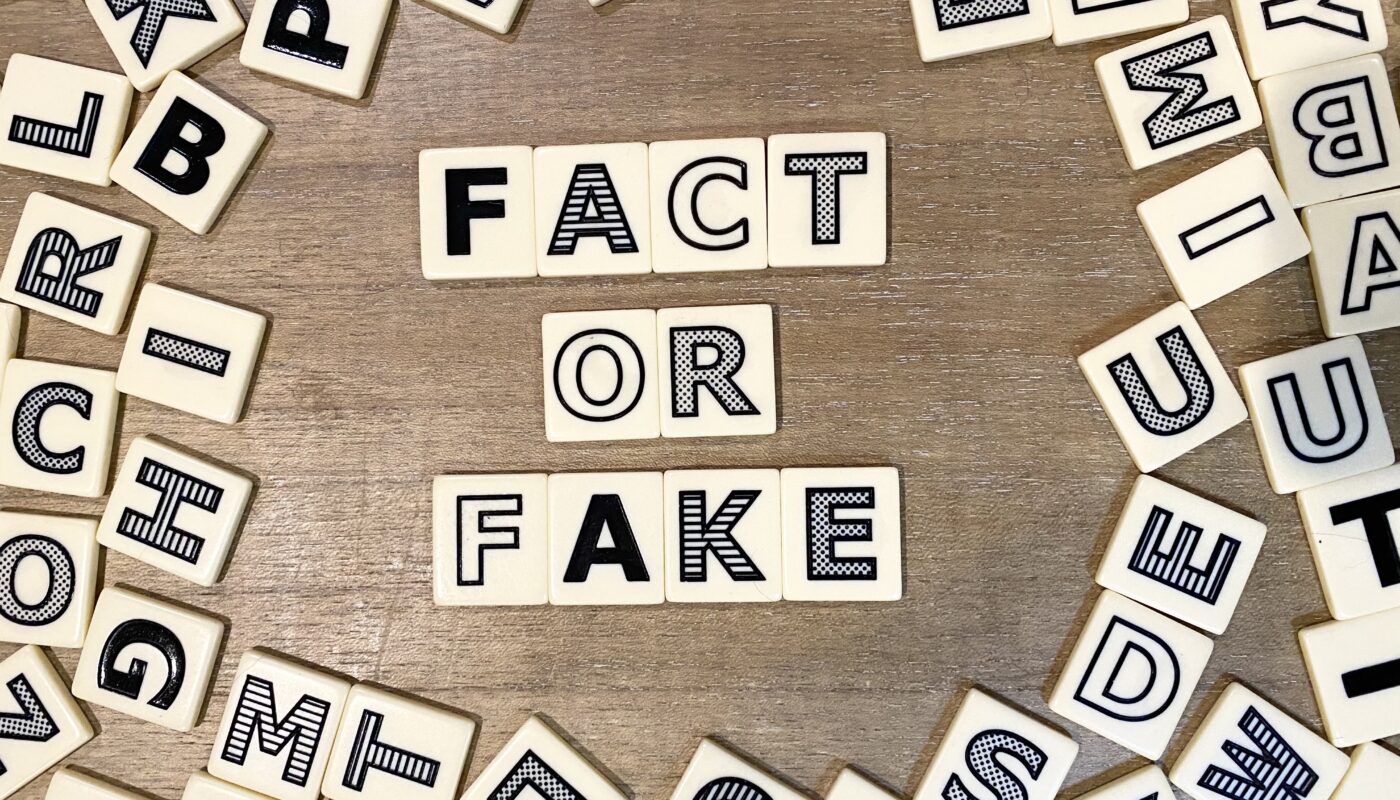Mia Schaffel
Social media is an incredible tool that continues to grow and develop. It offers endless amounts of opportunities like staying connected with friends, catching up on the latest news, research and much more.
People can access social media with the click of a button. From there, the amount of information they are able to retrieve is endless. From looking up what your favorite celebrity had for lunch, to researching recommendations for your next trip, social media has it all.
The amount of information that a person has access to on social media is endless. However, how is a user able to trust that this information is accurate? To put it in simple terms, they can’t.
Fake news, a term popularized by President Trump, is floating around social media 24/7, waiting to grasp a user’s attention.
But how does it spread?
As a user continues to click on certain types of content, algorithms will take note of this. Then, the algorithm will start feeding the user content that is similar to the content that they have already been interacting with.
Users will continue to consume information through social media, however, these algorithms can become very biased and full of misinformation. When a user continues to see stories and information in their feed over and over again, it appears that the information is gaining more credit to be accurate.
The scary part is, it could all be false. Algorithms are not filtering out fake news. In fact, it is often the fake news which draws the most attention from the user. According to Newsguard, within the last year the percentage of interactions with unreliable news sites has doubled from about 8 to 17 percent.
A leading topic in the news over the course of the past year has been the COVID-19 pandemic. There are many different beliefs surrounding this virus, its effects and much more. When a user visits a social media platform, they are likely to see news about the pandemic.
Based on a user’s previous interactions with information about COVID-19, the algorithm will generate content that the user will likely have a reaction to causing them to interact with the content.
The problem is, not all information about COVID-19 on social media is accompanied with a reliable source. This leaves room for misinformation to spread.
As people react to posts about COVID-19, whether they contain factual information or not, the posts will gain likes and shares. The more likes, comments and shares a post receives, the more real the information in the post seems.
The next thing you know, the post is trending. Just because it is trending does not mean it’s true.
It is easy to get caught up in the free flow of information on social media. There is so much potential to learn about new things, but it is important to check your sources before trusting everything you read on social media.



This is going to be a huge problem going forward. Stuff like deep fakes and manipulation of metadata can really make it hard to figure out what is real and what is fake. The problem is also a great difference in opinion about what the facts are, which is a bit of an oxymoron because facts should true and have no “opinion.”
Hi Mia, I appreciate you drawing attention to this growing problem. I think it all has to do with the echo chamber and Spiral of Silence effect we see online. When we become isolated and divided into ultra-specific subgroups with the same ideology, it becomes easy for misinformation to spread since there isn’t anybody to represent differing opinions. Fake news preys on this and feeds people misinformation that confirms their biases. We’ve already seen how bad things can get with the pandemic and also with the storming of the capital last February. If social media platforms do not do something soon, there may be irreversible effects on our culture and society.
Hi Mia, I think the topic of fake news is incredibly interesting, because I feel that most news posted on social media contains some misinformation. I believe one perpetrator of “fake news” are accounts that post infographics, because most of the time, they either do not correctly cite their source, or they misconstrue the data they are sharing. I feel these are the easiest to spread quickly, because of their simple and aesthetic design makes it easy to comprehend. However, I feel these accounts do not fully explain what they are sharing and assume their viewers are not going to research what they are posting. After seeing a few infographics shared on people’s stories, I took it upon myself to research what they were explaining, and I discovered many of their statistics were either blatantly incorrect or subjective viewpoints.
Hello Mia!
Great post! There is definitely a lot of false information on the internet. Since information is spread rapidly with social media, I try to be as cautious as I possibly can with the information I find. I like how you said “just because it is trending does not mean it’s true.” I think that is an important message for social media users. I used to think that if something was trending it had been completely fact checked and I would believe anything I read on the trending page. Now I am more careful and make sure I check other resources before passing anything as truth.